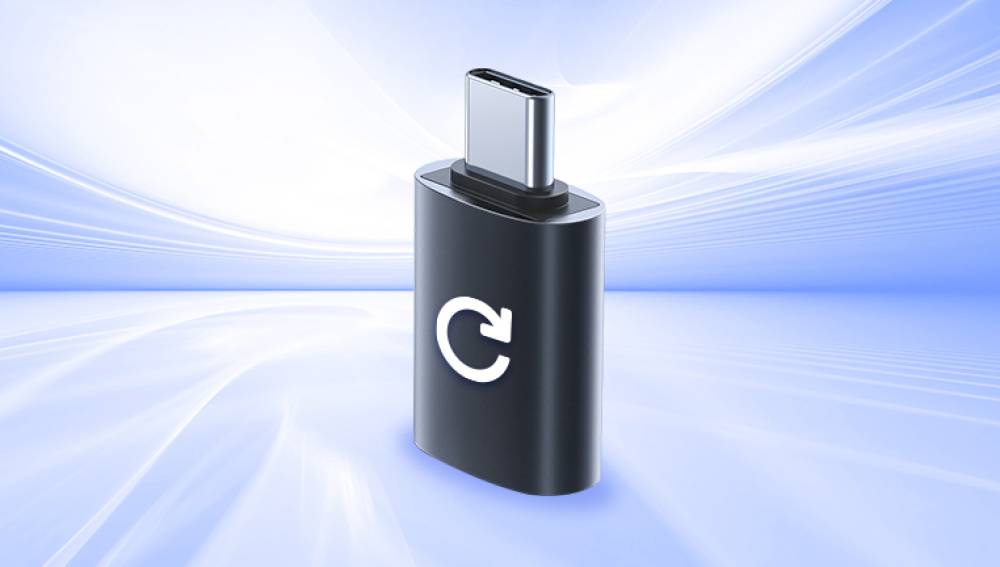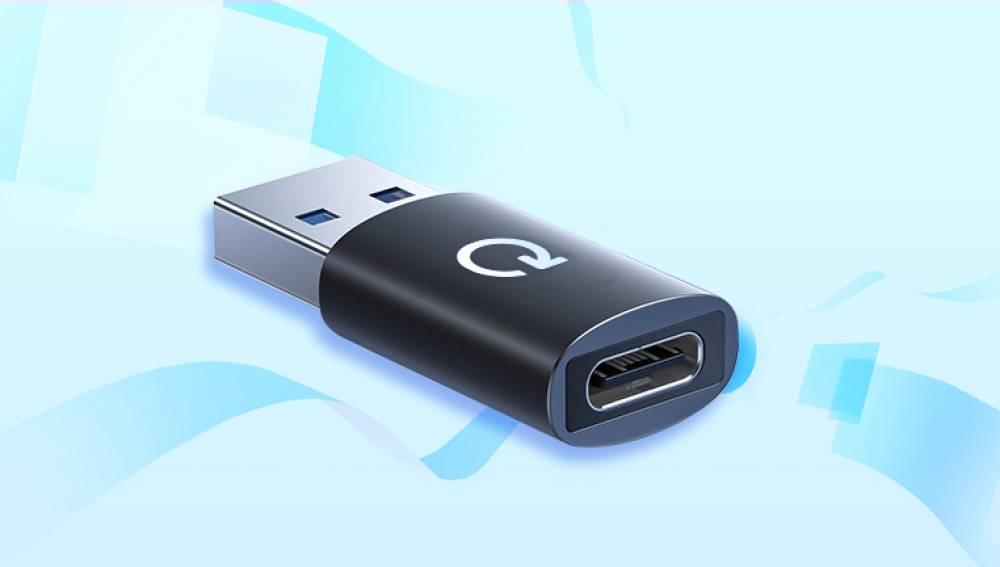Recovering erased files from an external hard drive is a challenge many users face, especially when critical data such as work documents, photos, or videos seem permanently lost. Fortunately, deleted files are not always gone forever. When a file is erased, the actual data remains on the disk until overwritten by new data.
When you delete a file from an external hard drive, it does not immediately disappear. Instead, the operating system marks the space occupied by the file as available for reuse. Until new data overwrites this space, the file’s content remains intact and potentially recoverable.

Why Files Get Erased or Lost
Accidental deletion: Users often delete files unintentionally.
Formatting: Formatting a drive erases its index, making files inaccessible.
Corruption: File system corruption due to improper ejection, power failure, or malware.
Virus or malware attacks: Malicious programs can delete or encrypt files.
Drive failure: Hardware issues can lead to inaccessible or lost files.
Partition loss: Partition deletion or resizing can hide files.
Preparing for Data Recovery
Important Precautions
Stop using the external hard drive immediately: Further use risks overwriting deleted data.
Do not install recovery software on the same drive: Install recovery tools on your internal drive or another external drive.
Avoid formatting the drive unless as a last resort: Formatting can complicate recovery but sometimes is necessary for deeper scans.
Step 1: Basic Checks and Access
Check Recycle Bin/Trash: Sometimes deleted files remain here.
Connect the drive properly: Use a different USB port or cable if the drive isn’t recognized.
Try another computer: This rules out system-specific issues.
Check drive health: Use tools like CrystalDiskInfo to assess hardware status.
Step 2: Use Built-in System Tools
Windows: File History and Previous Versions
Right-click the folder where the file was located.
Select Properties > Previous Versions tab.
Restore from available snapshots.
Mac: Time Machine
Use Time Machine to restore deleted files if backups exist.
Step 3: Data Recovery Software Solutions
Drecov Data Recovery
Drecov Data Recovery is a versatile data recovery tool developed to retrieve lost files from hard drives, USB flash drives, memory cards, and other storage media. It supports various file formats including images, videos, documents, emails, archives, and more. Whether your data loss is caused by accidental deletion, formatting, system crash, or virus infection, Drecov Data Recovery can scan your device deeply and restore your files with minimal effort.
Key Features
User-Friendly Interface: Drecov Data Recovery offers an intuitive interface that makes it accessible to both beginners and professionals. The step-by-step wizard guides you through the entire recovery process.
Wide Device Support: The software supports a variety of storage devices including external and internal hard drives, USB sticks, SD cards, and SSDs. It’s compatible with Windows operating systems and can handle file systems like FAT, NTFS, and exFAT.
Multiple Recovery Modes: Users can choose between quick scan and deep scan. Quick scan is faster and works best for recently deleted files, while deep scan performs a thorough analysis of the drive to recover files lost due to formatting or corruption.
Preview Functionality: Before recovering, you can preview recoverable files to verify their integrity. This helps avoid unnecessary recovery of corrupted or irrelevant files.
Selective Recovery: Drecov Data Recovery allows users to select specific files or folders to recover, saving time and storage space.
How to Use Drecov Data Recovery
Download and Install: Visit the official Drecov Data Recovery website to download the software. Install it on a different drive than the one you want to recover data from to avoid overwriting.
Connect Your Device: Insert your USB drive, memory card, or connect your hard drive to your computer.
Select the Drive: Launch the software and select the storage device where data was lost.
Choose Scan Mode: Pick either quick scan or deep scan depending on your situation.
Scan and Preview: The software will scan the device and display recoverable files. Use the preview feature to check the files.
Recover Files: Select the files you want and choose a safe location to save them (preferably not on the same drive to avoid data overwriting).
Advantages of Drecov Data Recovery
Effective Recovery: High success rate in retrieving a variety of file types.
Safe to Use: No risk of further data loss during scanning.
Fast Scanning: Efficient algorithms speed up the recovery process.
Free Version Available: Allows users to recover a limited amount of data without cost.
Step 4: Advanced Recovery Techniques
Partition Recovery
If partitions were deleted or lost:
Use software like TestDisk to recover or rebuild partitions.
Follow on-screen instructions carefully to avoid further data loss.
RAW Drive Recovery
If the external hard drive shows as RAW:
Use software with RAW recovery options.
Avoid formatting before recovery.
Step 5: Professional Data Recovery Services
When software fails or the drive is physically damaged:
Contact certified data recovery experts.
Prepare for costs, as professional recovery can be expensive.
Choose services with cleanroom facilities and data privacy assurances.
Preventing Future Data Loss
Regular backups: Use cloud or local backups.
Safely eject drives: Prevent corruption.
Use antivirus software: Protect against malware.
Monitor drive health: Replace drives showing signs of failure.




